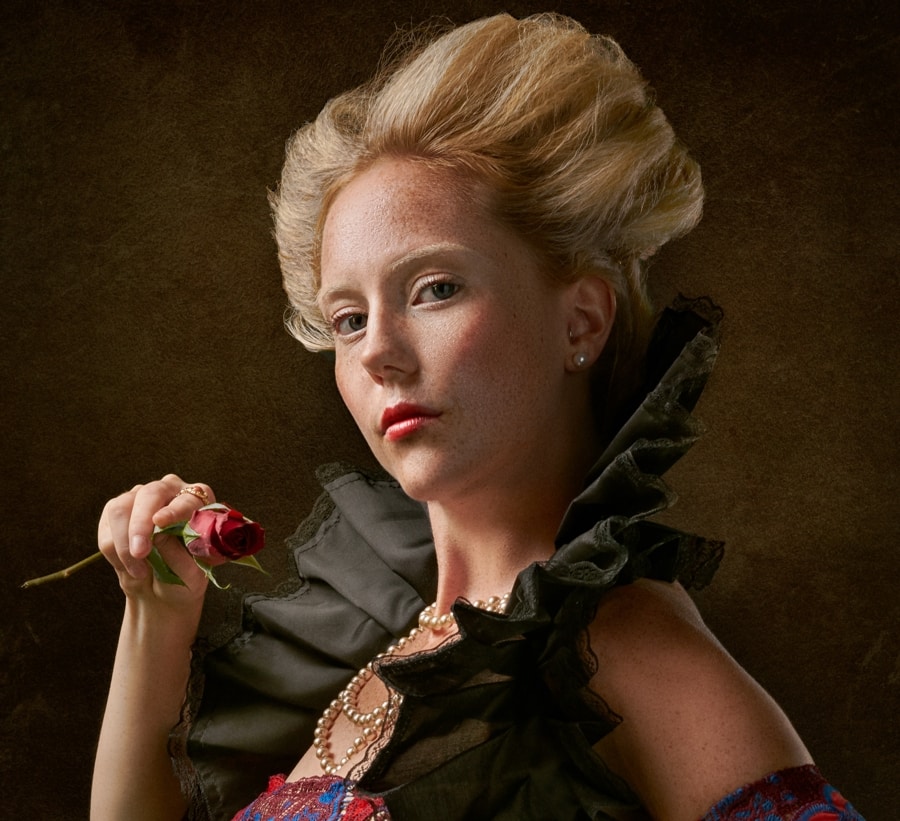5 Facts About Bizarre Women Fashion Rules In The Victorian Era (The 1840s to 1890s)

The fashion industry is always striving to move forward and create something more creative than before. Its aim is to keep improving the fashion taste of people, and there are many ways it does that. Interestingly, sometimes we end up going back in time to study fashion which was prevalent in the past.
There have been many notable fashionable eras about which we still talk and study. Victorian Era (the 1840s to 1890s) is one of them. Even if you are not into fashion, there is a high chance you must have heard of and/or seen a little bit about Victorian fashion online or otherwise. Victorian Era (the 1840s to 1890s) was one era which was known for its highly fashion-conscious society and a lot of fashion innovations which still go on to inspire the present, though not necessarily in the same form.
Women fashion in the Victorian Era is particularly famous among fashion designers. From bonnets to impeccably white gloves, it is easy to recognize a typical Victorian Era fashion for women. However, despite all the greatness and technological advancements which women fashion of this time witnessed, there were many oddities which were purely ridiculous. There were many rules which Victorian women would have to follow, and I intend to talk about a few of them.
See for yourself the bizarre world of women fashion in that era in the five points mentioned below.
- Hassle of changing clothes a number of times.
If you ask me, changing clothes multiple times a day is the toughest job there is. Apparently, women of the Victorian Era were used to changing clothes a number of times. This routine was particularly prevalent among women belonging to the middle and upper rung of society.
Much of the change depended on the occasion. There was a different morning dress, walking dress, afternoon dress, dinner dress, and whatnot. The evening dress or ballgown was a highly magnificent dress reserved for special occasions only. - Gloves are a must.
It does not matter where you are headed outside your home you must wear your gloves. Gloves were an extremely popular fashion accessory and were actually a social necessity. It was considered highly inappropriate to walk in public spaces with uncovered hands and would draw a lot of ill repute who did.
Like every other item a woman could wear in this era, there were many kinds of gloves based on occasions. For example, daytime was for short gloves which usually bore designs and embellishments whereas, in the evening, gloves would have feathers, satin ribbons and other decorations. - Massive Skirts Were Quite A Charm.
Remember that long, puffy and wide skirt of Cinderella? Well, back in the Victorian Era, there was no magic but a crinoline cage which made the skirts the way they were.
In the late 19th century, women started focussing on making their hourglass figure appear more pronounced and elegant. A Crinoline cage was used as a petticoat and was made out of horsehair. The purpose of the cage was to hold out the skirt and provide greater coverage to the skirt. However, with the advent of the industrial revolution, wired crinoline cage emerged and which helped to make skirts even wider. - Squeeze in even if it crushes you.
I am talking about the infamous corsets, which reached the peak of their popularity in this era. The fascination with an hourglass figure was almost madness causing women to force their bodies into highly restricted and damaging corsets. Women reportedly suffered organ damage because of the tight corsets.
Originally, corsets were not deadly, as their primary purpose was to provide support to the waist region and they did not choke women to death. However, industrialization resulted in the production of advanced (and highly harmful) corsets which shot to fame in no time. - Mourn in black.
I am not sure how to put it but Victorian society introduced fashion wherever possible. There were standards of fashion even if you were mourning for the dead. Back in that era, black crepe became trendy and was often regarded as the only fabric for mourning dresses. Widows were not allowed to don any decorative item on their body.
While we still follow a dress code for mourning in almost every country, the rigidity with which it was followed in the Victorian Era is one of the exceptional cases.
Have you read it?
# Global Passport Ranking, 2019.
# The World’s Top 100 Most Successful Unicorns, 2019.
# GDP Rankings Of The World’s Largest Economies, 2019.
# Most Expensive Countries In The World To Live In, 2019.
Bring the best of the CEOWORLD magazine's global journalism to audiences in the United States and around the world. - Add CEOWORLD magazine to your Google News feed.
Follow CEOWORLD magazine headlines on: Google News, LinkedIn, Twitter, and Facebook.
Copyright 2025 The CEOWORLD magazine. All rights reserved. This material (and any extract from it) must not be copied, redistributed or placed on any website, without CEOWORLD magazine' prior written consent. For media queries, please contact: info@ceoworld.biz








